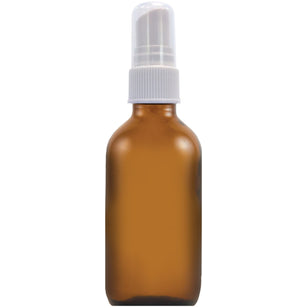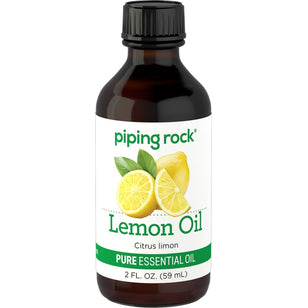Aromatherapy

Peppermint Pure Essential Oil (GC/MS Tested), 1/2 fl oz (15 mL) Dropper Bottle
Item: #CL4576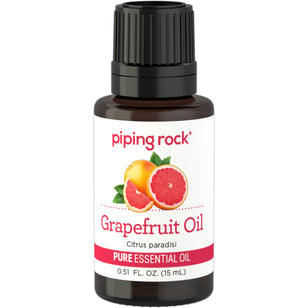
Grapefruit (Pink) Pure Essential Oil (GC/MS Tested), 1/2 fl oz (15 mL) Dropper Bottle
Item: #6371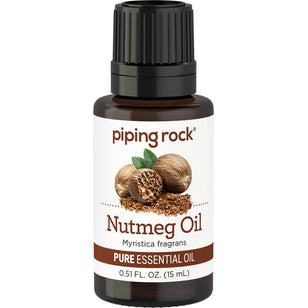
Nutmeg Pure Essential Oil (GC/MS Tested), 1/2 fl oz (15 mL) Dropper Bottle
Item: #4566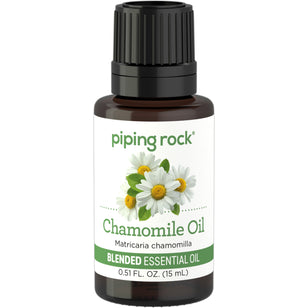
Chamomile Essential Oil Blend, 1/2 fl oz (15 mL) Dropper Bottle
Item: #6451
Chamomile Essential Oil Blend, 1/2 fl oz (15 mL) Dropper Bottle, 2 Dropper Bottles
Item: #6452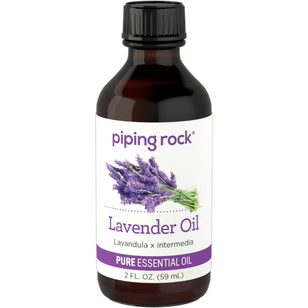
Lavender Pure Essential Oil (GC/MS Tested), 2 fl oz (59 mL) Bottle
Item: #4813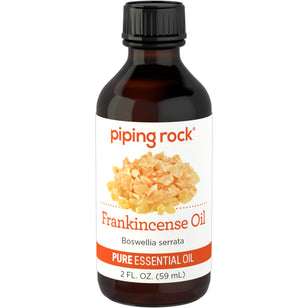
Frankincense Pure Essential Oil, 2 fl oz (59 mL) Bottle
Item: #6369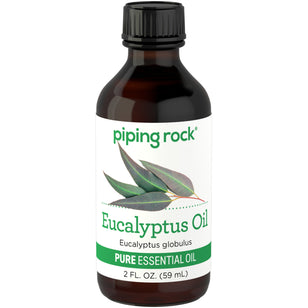
Eucalyptus Pure Essential Oil (GC/MS Tested), 2 fl oz (59 mL) Bottle
Item: #4793
Peppermint Pure Essential Oil (Lab Tested), 2 fl oz (59 mL) Bottle
Item: #4578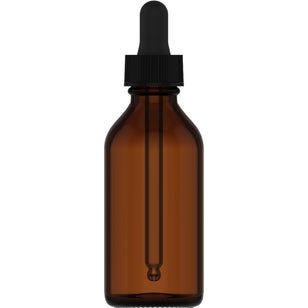
Dropper Bottle, 2 fl oz (59 mL) Glass Amber, Dropper Bottle
Item: #8930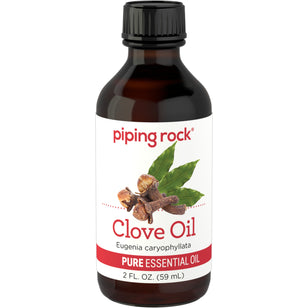
Clove Pure Essential Oil (GC/MS Tested), 2 fl oz (59 mL) Bottle
Item: #4518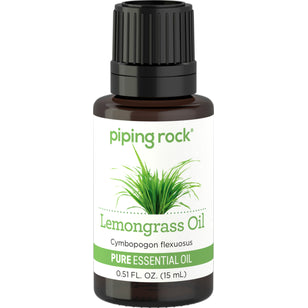
Lemongrass Pure Essential Oil (GC/MS Tested), 1/2 fl oz (15 mL) Dropper Bottle
Item: #4551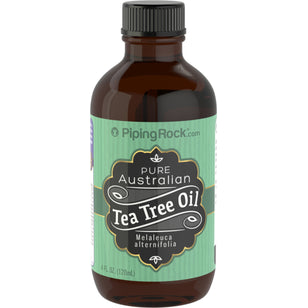
Tea Tree Pure Australian Essential Oil (GC/MS Tested), 4 fl oz (118 mL) Bottle
Item: #5053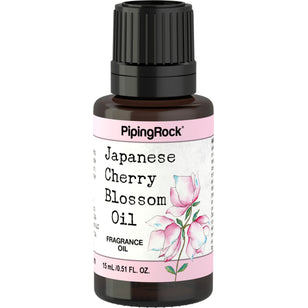
Japanese Cherry Blossom Fragrance Oil (version of Bath & Body Works), 1/2 fl oz (15 mL) Dropper Bottle
Item: #7001
Bergamot Pure Essential Oil, 1/2 fl oz (15 mL) Dropper Bottle
Item: #NT4491
Tea Tree Pure Australian Essential Oil (GC/MS Tested), 4 fl oz (118 mL) Bottles, 3 Bottles
Item: #5054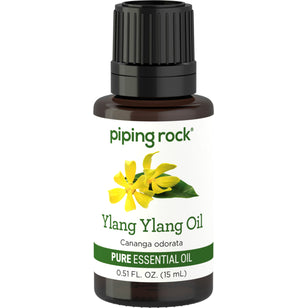
Ylang Ylang Pure Essential Oil (GC/MS Tested), 1/2 fl oz (15 mL) Dropper Bottle
Item: #6316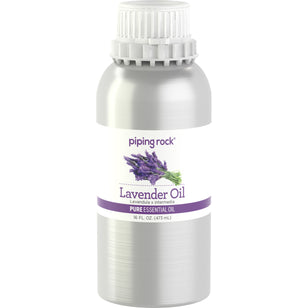
Lavender Pure Essential Oil (GC/MS Tested), 16 fl oz (473 mL) Canister
Item: #4814
Calming Essential Oil Blend, 1/2 fl oz (15 mL) Dropper Bottle
Item: #NT9890


